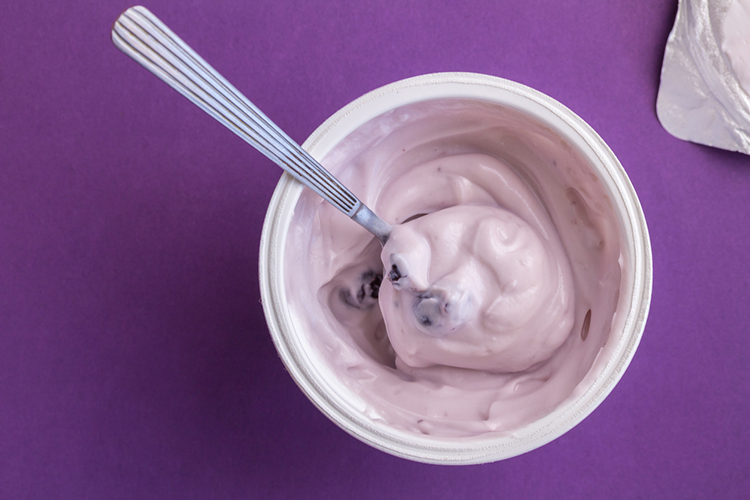
For most people, food can be a form of comfort. It gives us energy for our days while being something we can enjoy the taste, flavor, and experience of eating. Even beyond the foods we specifically call “comfort” foods (hello, mac and cheese), everyone has additional foods that they just enjoy eating, whether that’s a favorite burrito, a juicy steak, or anything in between.
Food is obviously critical to our daily lives to keep us functioning and healthy, but in recent decades, the old saying of “three square meals a day” has become less of a standard for how we consume those nutrients. Breakfast, lunch, and dinner remain important, but snacking has become more common for Americans, who are living in an interconnected, faster-paced country with abundant access to food. Frequency of eating in the U.S. has climbed since the 1970s, research has shown.
“On average, Americans ages 2 years and older eat five or more times per day and consume nearly a quarter of their daily energy outside of breakfast, lunch, and dinner,” summarized Julie Hess in a paper discussed at the American Dairy Science Association (ADSA) annual meeting this summer. In making that statement, the USDA Agricultural Research Service researcher was citing data from the National Health and Nutrition Examination Survey conducted in 2015 and 2016.
What is unknown is if eating more frequently is a generally healthful behavior or not, Hess continued. People may consume more meals and snacks for a number of reasons, and the types of foods varies widely, too. There is also no agreed-upon definition of what a “snack” is in the scientific community — is it based on time of day, energy or nutrient density, or something else? All these factors lead to different conclusions from a few of the studies that have been done in this area.
The snacking revolution can be good news for dairy, though. Dairy is still an underconsumed food group compared to the recommendations in the Dietary Guidelines for Americans, and Hess noted that including dairy in these additional eating occasions will boost the nutrient density of the snacks.
Research in this area has specifically looked at how dairy snacks affect subsequent food and energy intake, or satiety. Yogurt and cheese were often a good choice for feeling fuller and satisfying appetite. Other solid and semi-solid dairy foods like cottage cheese or kefir can also be beneficial, Hess wrote.
As dairy processors have continued to make new products and package and promote them in new ways over the years, more and more convenient, snack-friendly dairy products have become available. This can be a continued area of growth for the industry as consumers look for in-between-meal foods that will taste and feel good while satisfying their appetite. From cheese sticks to drinkable yogurt, dairy has a lot to offer beyond the breakfast, lunch, or dinner table.

Katelyn Allen joined the Hoard’s Dairyman team as the Publications Editor in August 2019 and is now an associate editor. Katelyn is a 2019 graduate of Virginia Tech, where she majored in dairy science and minored in communication. Katelyn grew up on her family’s registered Holstein dairy, Glen-Toctin Farm, in Jefferson, Md.